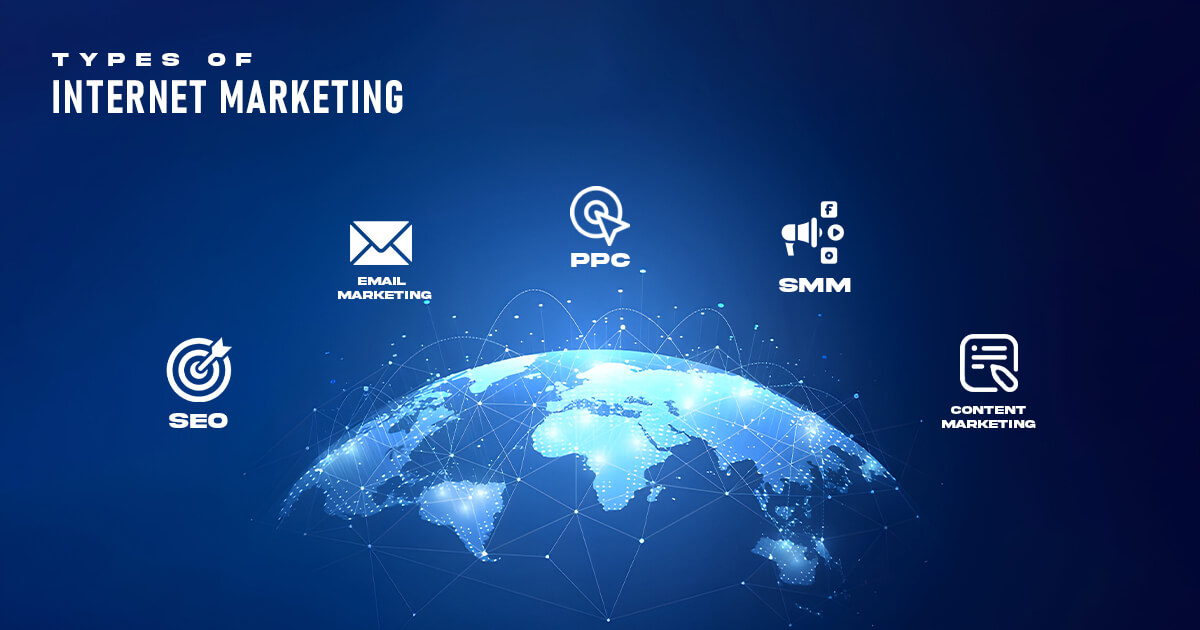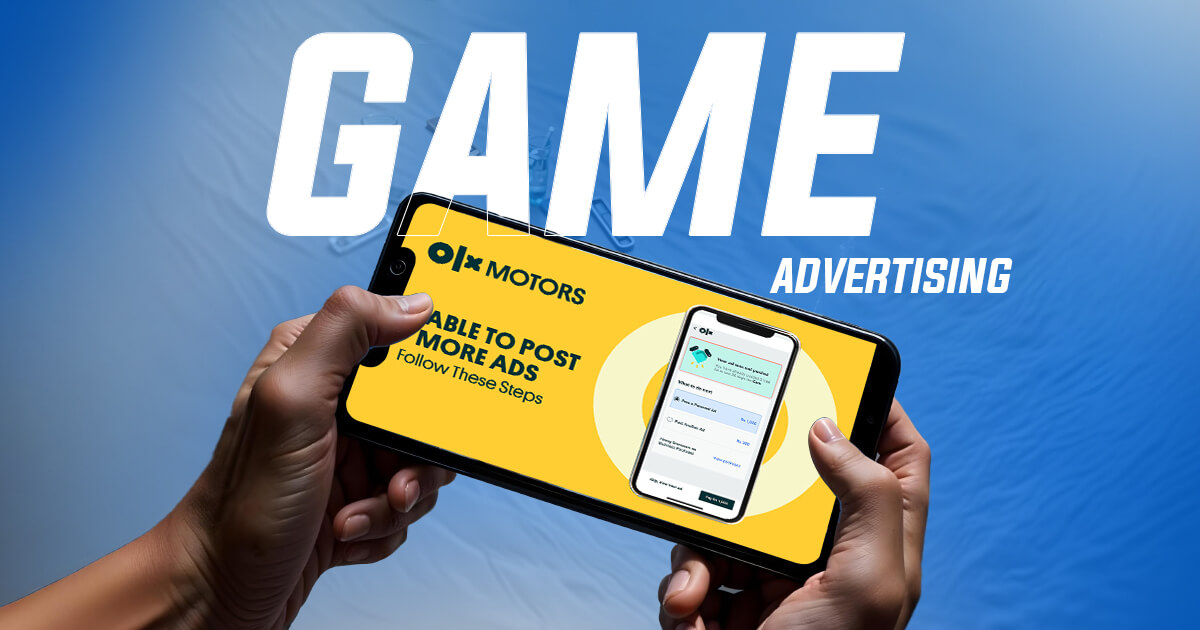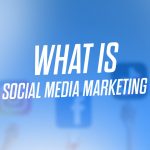Mostly used interchangeably, do the terms online marketing and digital marketing describe the same thing? Well, despite having much in common, these terms enjoy some differences. This blog will cover all the details you will need regarding these terminologies.

What is Internet Marketing?
Online or internet marketing is a sub-branch of digital marketing that specifically refers to using internet-specific marketing platforms for promotion. Serving as a larger marketing strategy, it involves pitching the right audience at the right time and is highly targeted.
The overall process for almost all internet marketing techniques includes:
- First, identify your target audiences, buying behaviours, needs and demands, pain points, and demographics. This will help you craft a more focused and targeted strategy.
- Based on your goals, produce high-quality, engaging content.
- Spread your message on different mediums, such as social media, websites, and email marketing.
- Analyse your results and optimise your marketing efforts.

Types of Internet Marketing
Several strategies to carry out internet marketing include:
- Search Engine Optimisation
- Email Marketing
- Pay Per Click
- Social Media Marketing
- Content Marketing
1) Search Engine Optimisation (SEO)
SEO refers to all the best practices for helping your website rank at the top of a search engine’s results page for a search query. This ranking helps you to gain more traffic, potential leads, and conversions.
SEO involves writing high-quality content and using keywords your audience searches for. It also provides a better user experience and helps crawlers crawl and index your content.
It can be divided into three parts: on-page, off-page, and technical SEO. On-page SEO involves activities done on the visible side of your website, i.e., optimising your content and website-related aspects like meta descriptions and meta tags.
Technical SEO involves creating a user-friendly website and fixing indexing and crawling issues. Likewise, off-page SEO refers to building a website’s authority through link building, GBP optimisation, and influencer marketing.
All businesses can make use of SEO practices to enjoy the desired visibility.
2) Email Marketing:
This marketing technique refers to sending emails in bulk to promote your product or services. The goal of email marketing is to nurture relationships with customers and potential clients and drive sales.
For marketing purposes, you can send emails to your subscribers or completely new people. This technique specifically benefits those who are low on budget and desire to target the vast majority of individuals and enjoy good click-throughs.
Despite being all sweet, you must be able to craft a good email copy, have a highly engaging title, keep the message short, and include a strong CTA.
3) Pay Per Click:
Pay-per-click (PPC) is a digital form of advertising in which the advertiser pays every time someone clicks on his ad. Like SEO, PPC advertising targets specific keywords, but you will pay for every click here.
Different forms of media and platforms can be used to target end users. Depending on the platform chosen, the budget allocated, and the quality of the ad, it is shown at different places. Contrary to traditional advertising, these ads can be shown to your desired audience at the desired time.
4) Social Media Marketing:
Social media marketing (SMM) involves creating content to post on your business’s social media profile to promote your business and generate leads.
SMM is a powerful marketing tool because it allows you to connect, interact, and collect customers’ data. A solid action plan is the only requirement for SMM to yield exceptional results.
Firstly, you must have a clear business objective and thorough knowledge of your target customers. You must also be aware of your competitor’s strengths and weaknesses. Then, it would be best if you planned a strict content strategy, uploaded your content, tracked the results, and optimised accordingly.
SMM easily helps the brand enhance its recognition and provides a more cost-effective way to enjoy exposure and enhance website traffic and engagement. But all is not good; SMM is time-consuming and unpredictable. Negative feedback is even shown publicly, and it isn’t easy to understand the true ROI.
5) Content Marketing:
Publishing written and visuals to attract more potential leads is simply content marketing. In today’s world, where outbound marketing has aged out, inbound one is the juicy treat.
Content marketing is a less costly but most effective means of lead generation. It also helps build brand awareness and establish authority and trust. Blog writing, newsletters, infographics, ebooks, videos and podcasts are all types of content marketing.
You can win in content marketing by working on your sales funnel, finding your target audience, setting specific goals, deciding on the type of content, creating and publishing appealing content, and finally analysing and adjusting accordingly.
6) Affiliate Marketing:
Affiliate marketing is a low-cost advertising technique in which you promote someone else’s product and receive a small commission for each sale made through your link. Businesses can use affiliate marketing to increase sales, enhance brand awareness and authority, and attract more web traffic.
You can promote the product utilising different means of content marketing.
7) Influencer Marketing:
When a business collaborates with an influencer to promote its product, it’s influencer marketing. The influencer creates content around the product and showcases it to their audience. This marketing technique has one of the highest ROIs. You pay an influencer to promote your product.
Influencer marketing enjoys advantages such as reaching a relevant audience and building trust and credibility among potential users. However, it can also be disadvantageous if you work with the wrong influencer, which can do more harm than good, require a lot of time, and involve a high risk of ROI.
What Is Digital Marketing?
Digital marketing refers to online marketing for users of TVs, computers, phones, or other electronic gadgets alongside Internet marketing. Digital marketing deals with anything electronic and is used for information transfer.
Types of Digital Marketing
Along with all the Internet marketing mediums, digital marketing also includes TV ads, digital billboards, radio spots, and SMS text messages. Maintaining our rituals, let’s deep-dive into the mediums mentioned above.
1) TV Ads:
Television ads are one of the most common types of marketing. They involve creating and promoting products on TV. On average, people spend about four hours in front of the TV, which gives advertisers the window to leverage it.
There is a never-ending race to craft a compelling and highly influential ad that will stick with the audience. Despite the huge outreach, the drawback of TV ads over internet marketing is that they are shown to individuals who might not belong to the right demographics and are expensive.

2) Digital Billboard:
These huge screens, made of LED bulbs, are displayed alongside the road to grab the audience’s attention. They are a great way to increase brand visibility and showcase their creativity on a mass level.
Digital billboards are highly effective, as three out of five people notice them. Similarly, 65% of people take serious action after seeing a billboard. They sound lucrative, but digital billboard advertisements are costly, just like TV ads.

3) Radio Spots:
Buying spots on famous radio stations for your product promotion is called a radio spot. Depending on your audience, you can do selective targeting that is more memorable and cost-effective. Contrary to others, these ads take less time to prepare and are usually high-frequency.
However, radio ads lack visual power, and buying a good spot on a reputed radio station is challenging.

4) SMS Text Messages:
SMS marketing is the use of text messages to promote your business. It is a permission-based marketing tactic, just like email marketing. SMS is used for different purposes, such as promotion, transaction, reminder, and message broadcasting.
Its benefits for marketers include a high opening rate, quick and to-the-point communication, budget-friendly design, and one-size-fits-all functionality. Drawbacks might include a limited number of characters that can be added, huge potential for spamming, potentially low conversion rates and an extra channel that needs to be managed.

5) Game Advertising:
In-game advertising refers to the display of ads in video, images, or audio inside a video game. This type of game advertisement commonly occurs on Android phones. There are three major types of game ads: static, dynamic, and gamevertising.
Static ads, shown on virtual billboards or banners, were first used in the 1980s in games like Chupa Chups. Dynamic refers to more variable visual ads visible in more strategic places. It is mostly visible in the majority of games. Lastly, when a company makes its own game for product promotion, it’s gamevertising. An example may include Bike Unchained, which Red Bull designed.

Key Similarities and Differences
The similarities between digital and traditional marketing lie in their goals of reaching the potential audience and increasing the brand’s visibility. Both are driven by large amounts of data and use electronic channels to target the audience.
The main difference between them is the scope and audience. The scope of digital marketing is way broader than that of internet marketing. Likewise, a vast majority of individuals who are not connected to the internet can be targeted via digital marketing channels.
Which One Fits You?
The answer to this question boils down to understanding themarketing techniques and putting them in front of your marketing goals. Before jumping to the conclusion:
- Understand the pros and cons each marketing will offer you.
- What goals do you want to achieve, and how far you can stretch with your marketing?
- Keep your budget in mind. Big companies can spend millions of pounds on marketing. However, it might not be possible for you.
- Understand your customers and their usual behaviours.
- Lastly, don’t forget to test and analyse your strategy.
Conclusion
The discussion concludes that digital marketing is a much broader term that can reach more individuals. Depending on your business, customer base and budget, you must thoughtfully choose a marketing strategy.






